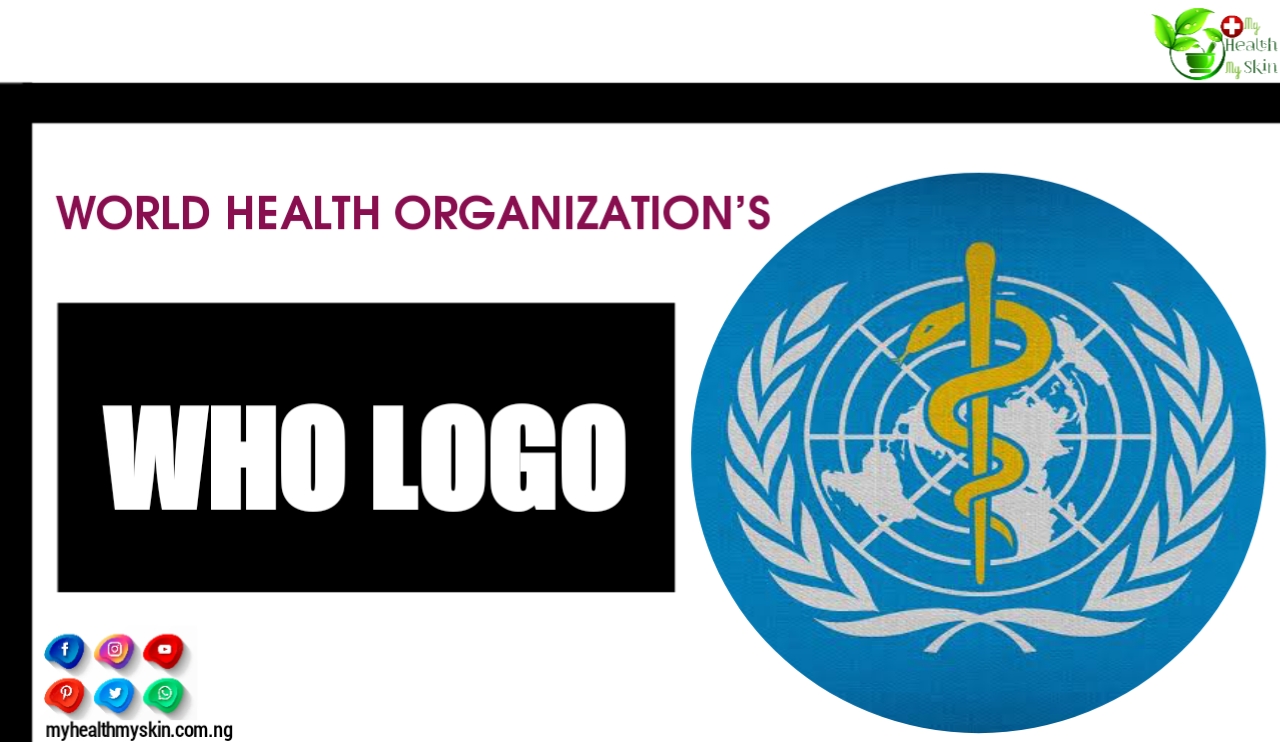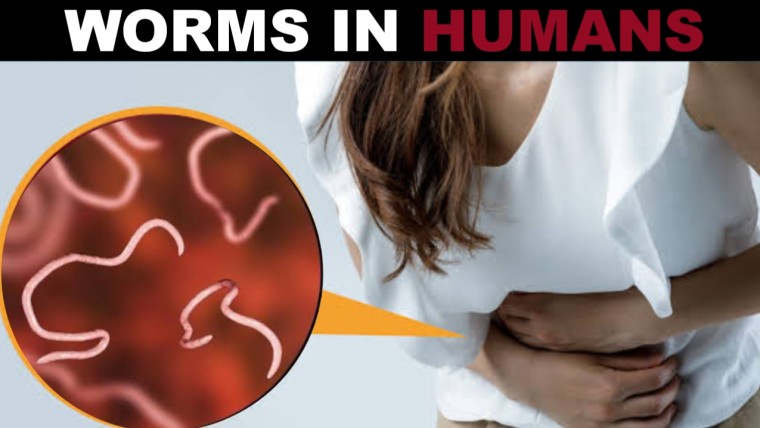The emblem or logo of the World Health Organization was chosen by the first World Health Assembly, which met in Geneva on June 24, 1948.
The first World Health Assembly was attended by delegations from all but two of WHO’s then 48 Member States.
Several observers were present: from nine non-member countries, military administrations, the United Nations and five agencies, as well as two health authorities that in many ways were precursors to WHO: the Office International d’Hygiene Publique and the Pan American Sanitary Organization.
The logo consists of the symbol of the United Nations surmounted by a staff with a snake coiled around it.
The staff with the snake has been a symbol or emblem of medicine and the medical profession for so many years.
It comes from the story of Asklepios, who was worshiped by the ancient Greeks as the god of healing and whose cult included the use of snakes.
Incidentally, Asclepius was so successful at saving lives that legend has it that Hades, the god of the underworld, complained about him to the supreme god Zeus, who, fearing that the healer could make people immortal, killed Asclepius with a lightning bolt.
The use of the WHO emblem is restricted to institutions that have official collaborative status with WHO and only in connection with the work they perform for WHO.
The WHO emblem or logo is not only an identifier of the organization but also implies WHO endorsement of the material with which it is used.
The use of the WHO emblem and logo is governed by a resolution of the First World Health Assembly (resolution WHA1.133), which states that “appropriate measures should be taken to prevent use without authorization of the Director-General, and in
in particular for commercial purposes through trademarks or commercial marks, the emblem, seal and name of the World Health Organization and abbreviations of that name by using its initials”.
WHO’s rules, accepted by its 194 member states, do not allow the organization’s name, emblem or logo to be used to promote any particular company, product or ideology.
As a result, most WHO member states have introduced legislation to protect the organization’s emblem, logo and name.
The WHO emblem, logo, name and abbreviation are also protected from registration as a trademark under Article 6 of the Paris Convention for the Protection of Industrial Property.
[lwptoc]
Definition Of The World Health Organization

The World Health Organization also known as WHO is a specialized agency of the United Nations (UN) responsible for International public health.
The WHO Constitution, which sets out the organization’s governance and principles, states that its primary objective is “the attainment of the highest attainable standard of health by all peoples”.
It is headquartered in Geneva, Switzerland, and has six semi-autonomous regional offices and 150 field offices international.
The WHO was founded by constitution on 7 April 1948, which is celebrated as World Health Day.
WHO has taken over the assets, staff and responsibilities of the Health Organization of the League of Nations and the Office International d’Hygiène Publique, including the International Classification of Diseases (ICD).
Their outstanding work began in 1951 after a significant infusion of financial and technical resources.
WHO’s broad mandate involves advocating universal health coverage, monitoring public health risks, coordinating responses to health emergencies, and facilitating human health and well-being.
It renders technical aid to countries, sets global health standards, guidelines, and obtains data on global health problems through the World Health Survey.
Its flagship publication, the World Health Report, provides expert perspectives on global health issues and health statistics for all nations.
WHO also serves as a forum for summit meetings and discussions on health issues.
WHO has played an important role in various public health accomplishments, mostly in the eradication of smallpox, the near eradication of polio and in the development of an Ebola vaccine.
Current priorities include communicable diseases, particularly HIV/AIDS, Ebola, malaria and tuberculosis; non communicable diseases such as heart disease and cancer; healthy eating, nutrition and food safety; Health at work; and substance abuse.
Use Of The WHO Emblem or Logo
The use of the WHO emblem needs express written approval. The WHO symbol is part of the intellectual property of the organization and its use signifies endorsement by WHO, also it may only be used with express written approval.
You May Also Like:
- 6 Safe Ways To Prevent Snakes From Getting Into Water Closets, Toilet BowlsBowls
- Drug Abuse: Signs and Symptoms of a Sympathomimetic Drug Abuse
- Drug Overdose Symptoms: Common Signs of a Drug Overdose, Drug overdose treatment at home
The WHO logo should not be used in connection with any advertising or promotional literature for any product or service, with the names of protected products, or with the logos of any commercial entity.
Use By Other Organizations On Websites Or Publications
The symbol or logo of WHO can only be used on publication (print, electronic or web) with specific permission, and only where WHO has had a hand in the preparation of the text (or the underlying work), and only while the text is consistent with WHO guidelines and priorities.
If you want to read more articles similar to Meaning of the World Health Organization’s (WHO) Logo, we recommend you visit our Physical & Mental Health category.

What Year Did You Know About The First World Health Organization? Have Your Country Benefitted From WHO? Comment Below!







